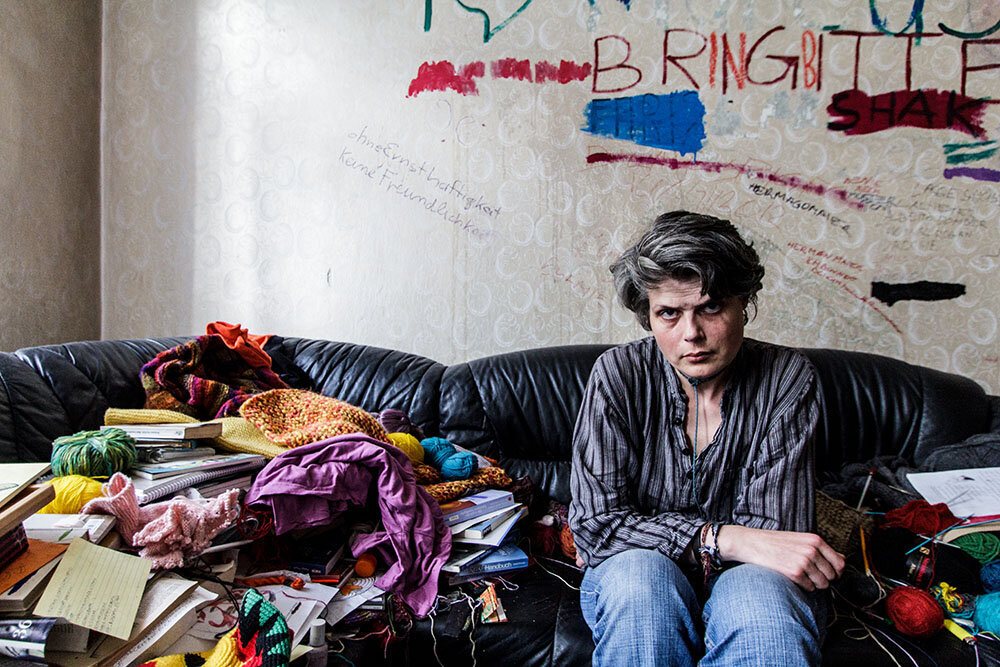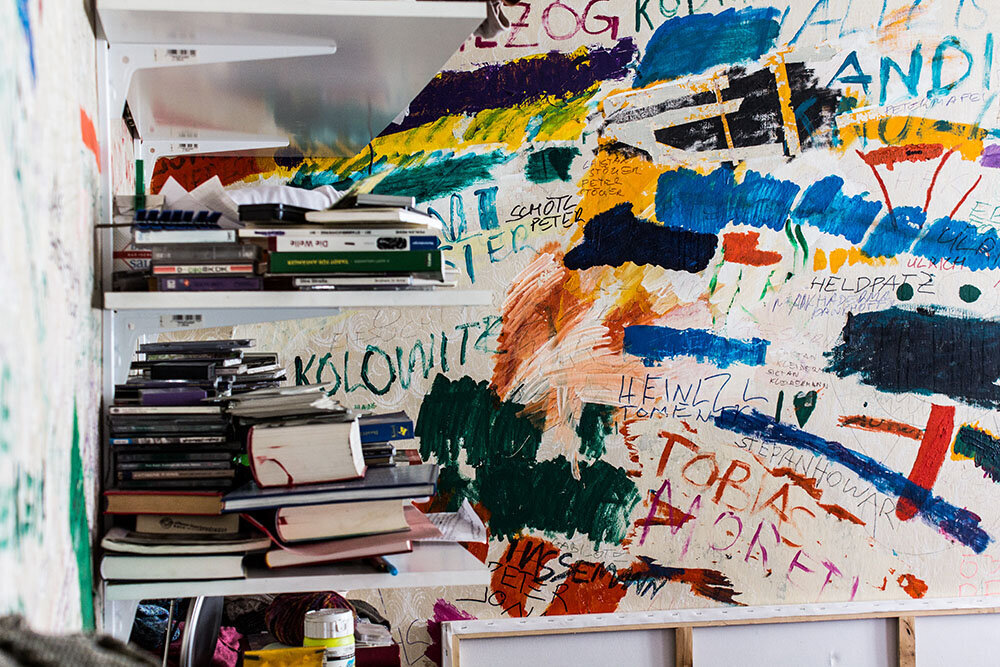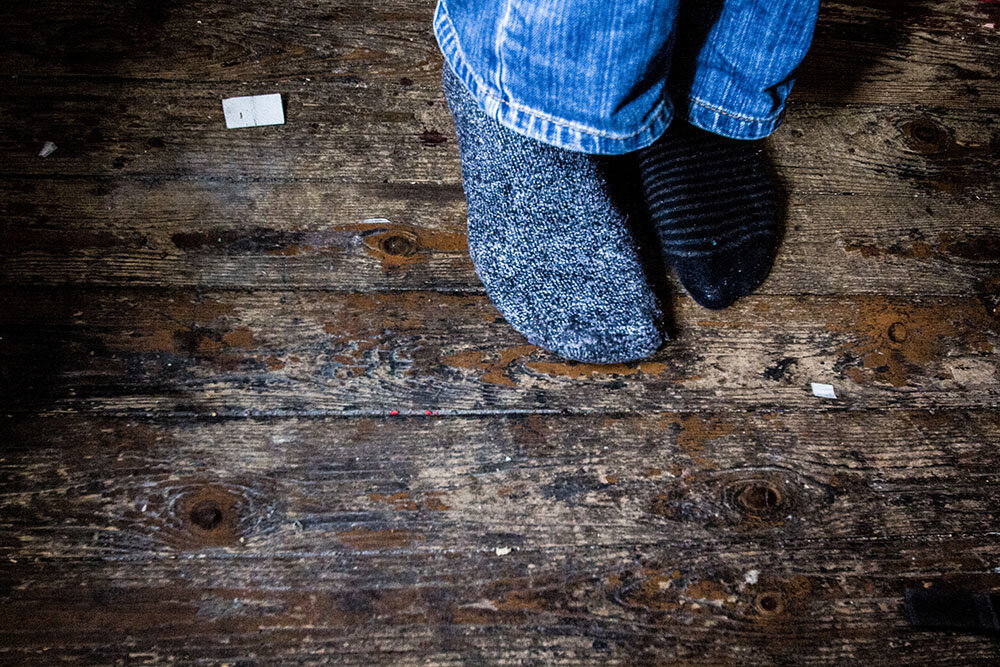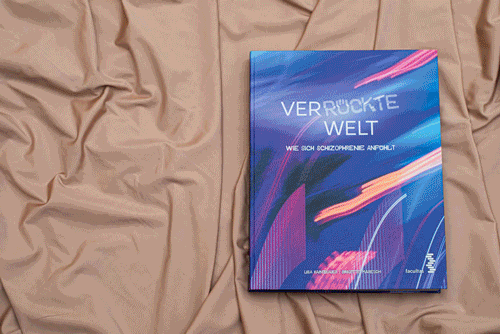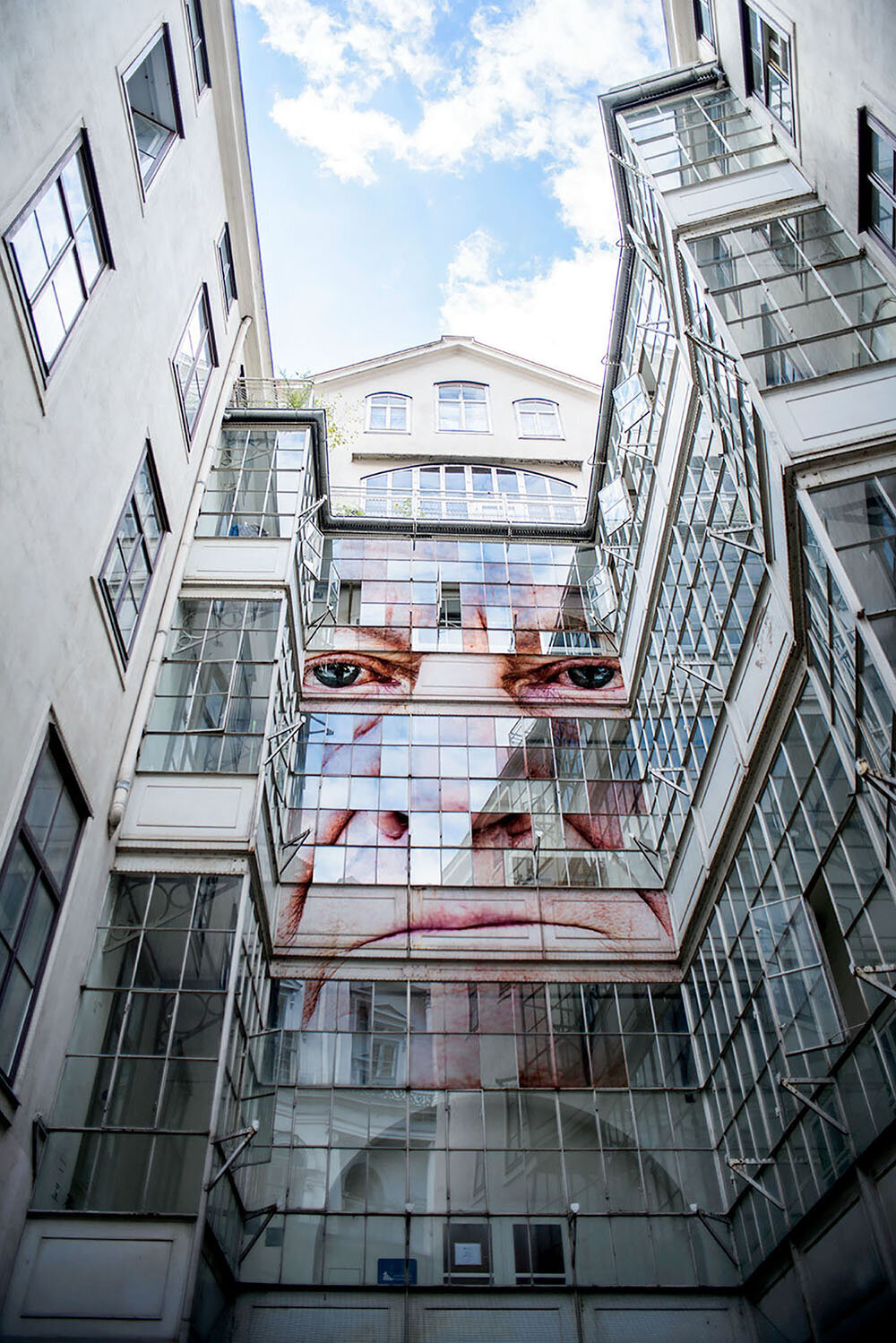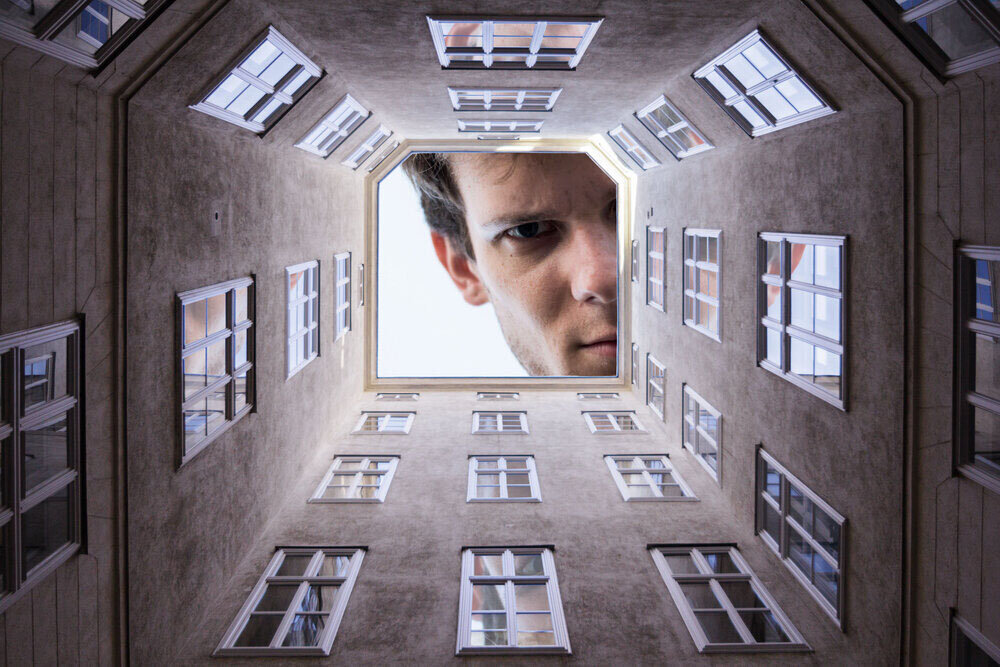INTERVIEW WITH LISA KAINZBAUER
-by Justina Špeirokaité (Curator at Improper Walls)
Who is Lisa Kainzbauer?
My name is Lisa Kainzbauer, I am an artist and photographer based in Vienna.The main goal of my work is to point out stigmatised people and discuss these topics in order to raise awareness.Photography is my tool to reach this goal. I really want to make people look at the issue from another perspective before judging it. Because of that I also studied social and cultural anthropology. I find it important to be informed, especially as an artist, because I carry responsibility for the messages I transfer.
What is your inspiration and motivation?
The motivation for my projects are mostly my feelings towards certain topics. My recent work, a book about „what schizophrenia feels like“ („Ver-rückte Welt. Wie sich Schizophrenie anfühlt.“), was motivated by my own experiences with my mother who was diagnosed with schizophrenia when I was about four years old. Other projects concern topics like feminism, discrimination in general or body images.
©Lisa Kainzbauer, “Mom”
Recently you published your book Ver-rückte Welt. Wie sich Schizophrenie anfühlt (Crazy/Moved World. What schizophrenia feels like). What brought you to this topic?
The topic of mental health has always taken up a very big part of my life and also is a highly
underrepresented issue in our society. Sometimes I take a walk and hear people say things like „such a schizophrenic person“. Many people mistake schizophrenia for dissociative identity disorder, formerly known as multiple personality disorder. People that are diagnosed with schizophrenia often hear voices that aren’t there, feel paranoid or sometimes even see things that others don’t.
Why do you think it is important to understand how life with schizophrenia feels and looks like?
As an artist, the topic „schizophrenia“ was a big point on my to-do list for a long time, not only
because of my own history but also because of the lack of awareness. When I was a kid I never understood what was going on in my mother’s head. When I was 13 my great-grandmother, who took care of me, died. This caused the whole family to fall apart and my mother to stop taking her medication. Because of that her personality seemed to turn into someone I didn’t know. I never really understood what was going on inside her head and I wanted to find out. With the help of the graphic designer Brigitte Maresch I decided to create a book that makes it easier for other people to answer the questions I had back then.
What was the process of research and writing the book?
Due to lack of education and discussion, society fears mental disease. People who talk to themselves on the street are feared. They are called „crazy“ when they don’t fit into the normative image. Instead of trying to understand what’s going on inside of a person, people discriminate..I wanted to take part in changing this and to cure the fear by distributing information. My colleague and I interviewed relatives, people who were diagnosed with schizophrenia and psychiatrists. We wanted to create a wholesome image that worships each kind of perspective and experience. Art was an important tool in this process. Photography was the platform to create empathy and understanding for the described experiences. The aim of the photographs is to recreate the symptoms or feelings of how schizophrenia might feel like and help the readers to empathize.
Could you tell me about the collaboration with the illustrator Brigitte Maresch?
Mental health was an important issue for bouth of us and we understand how much more there needs to be talked about it. There are plenty of scientific statement on schizophrenia but we wanted to add another perspective to the discussion. This discussion has to take place in public for everyone to take part and art can be the stage for that.
Where can I buy or read your book?
You can buy the book here.


